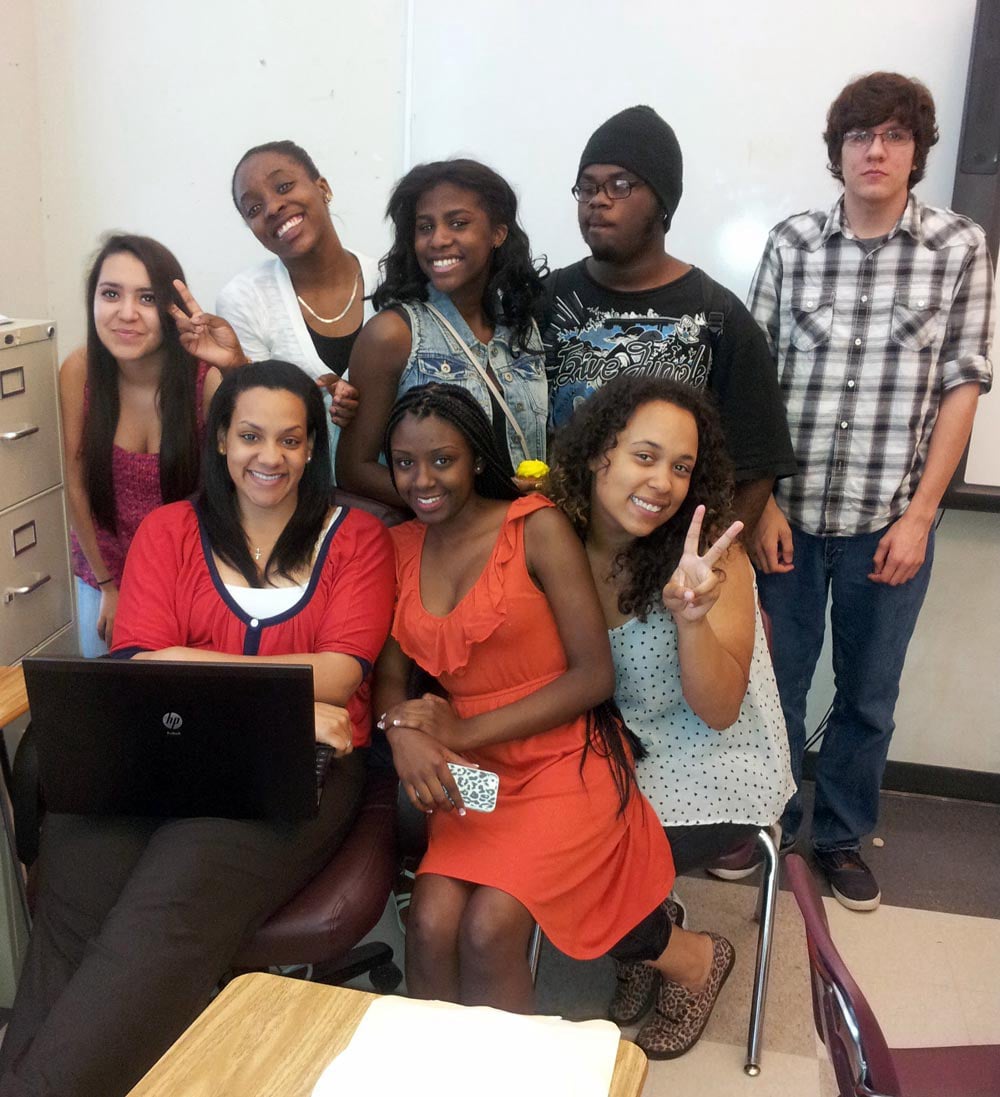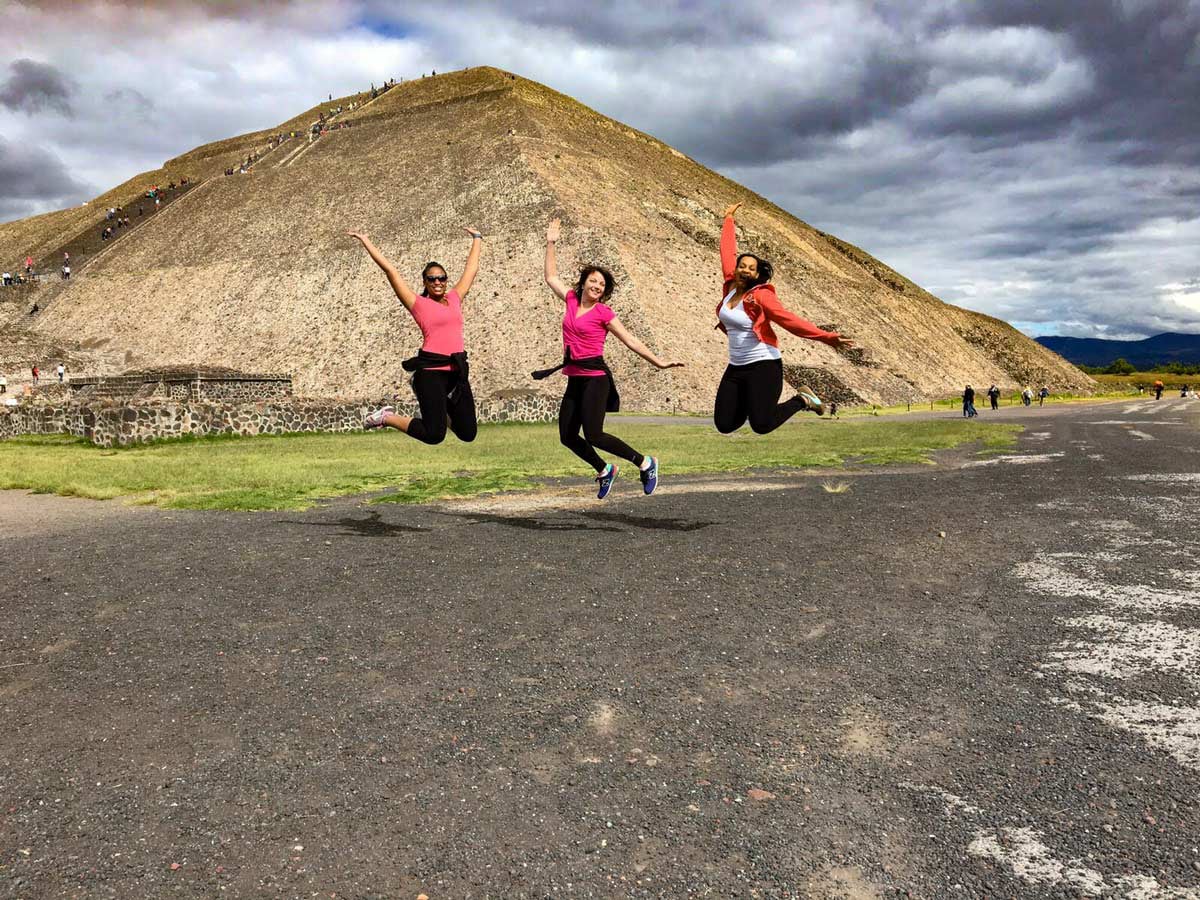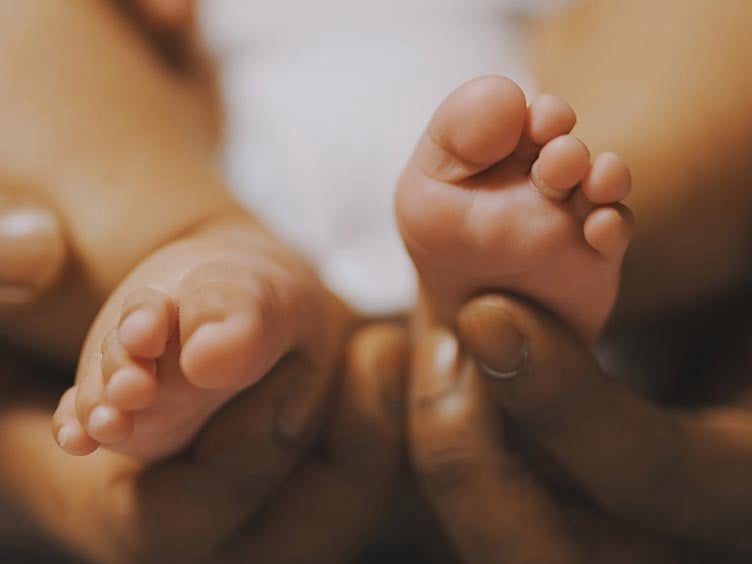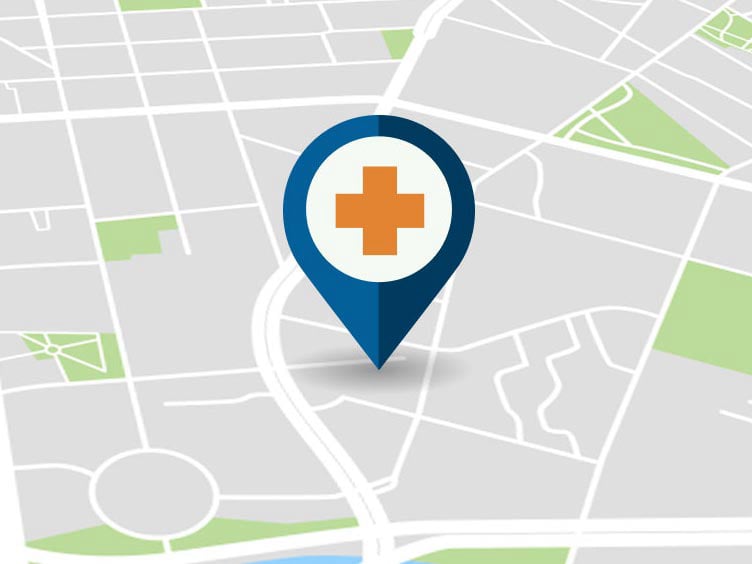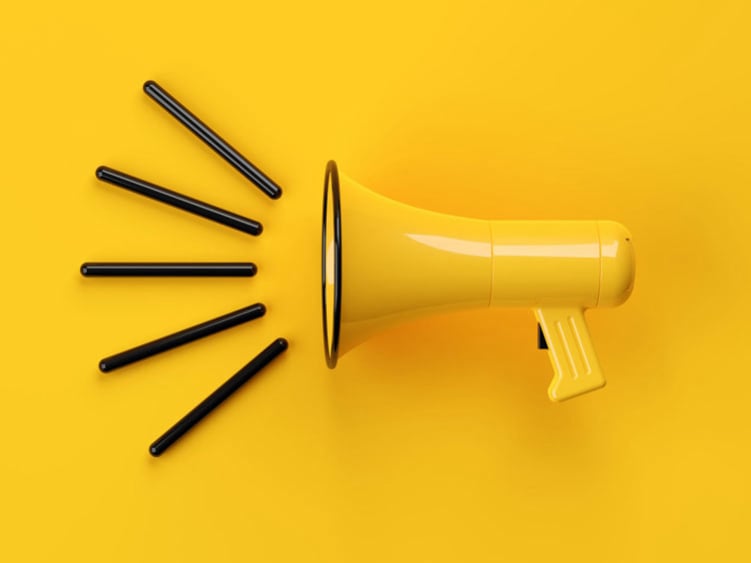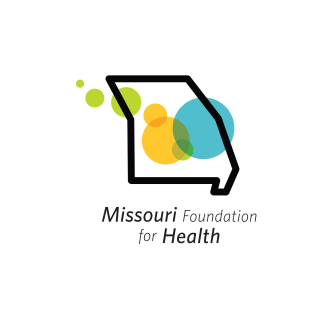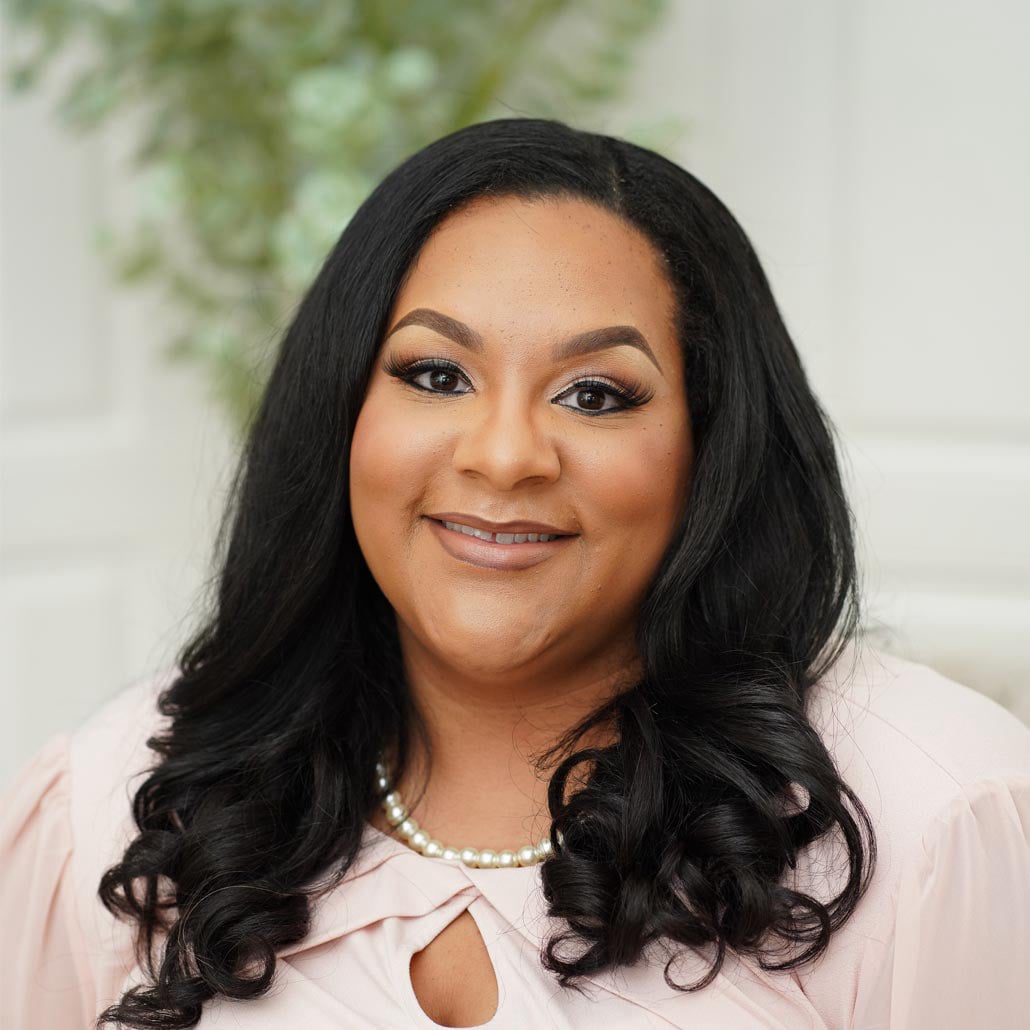
Q: You became the first Equity and Inclusion Officer for the National Academy of Medicine (NAM) in 2020 before leaving that role to come to MFH. What drew you to the position?
As the Equity and Inclusion Officer at NAM, all my work was relational and involved thinking strategically about how we used our resources to embed inclusion, diversity, equity, and anti-racism into NAM policies, practices, programs, and procedures. This role grew out of the work I was doing with the Culture of Health Program and the recognition that the NAM wanted to walk the talk. MFH is doing the same and that was something that really drew me to the Foundation.
There’s so much great work happening in this state and lessons we can learn from nationwide. I’m excited to build on that because I believe we can create a more just and equitable future for all. I’m looking forward to immersing myself in that equity work with all of our partners, across diverse sectors and communities (we all have a role to play in achieving health equity) to ensure that the barriers to optimal health and well-being for all Missourians are removed.
